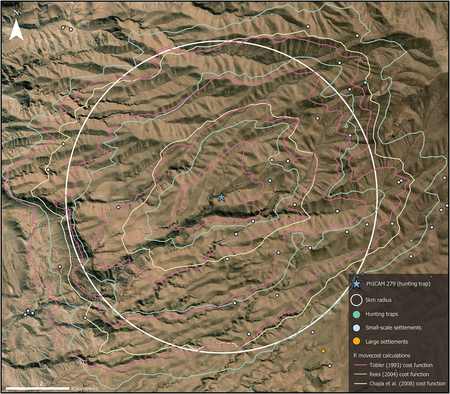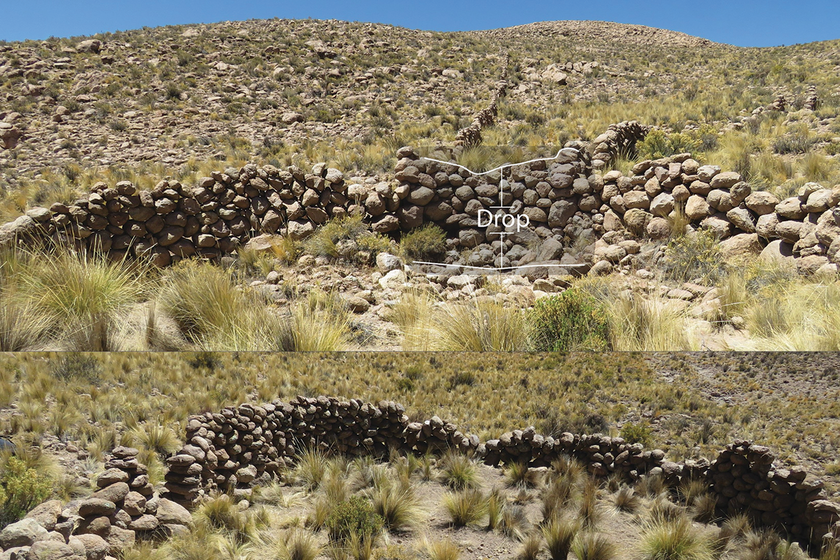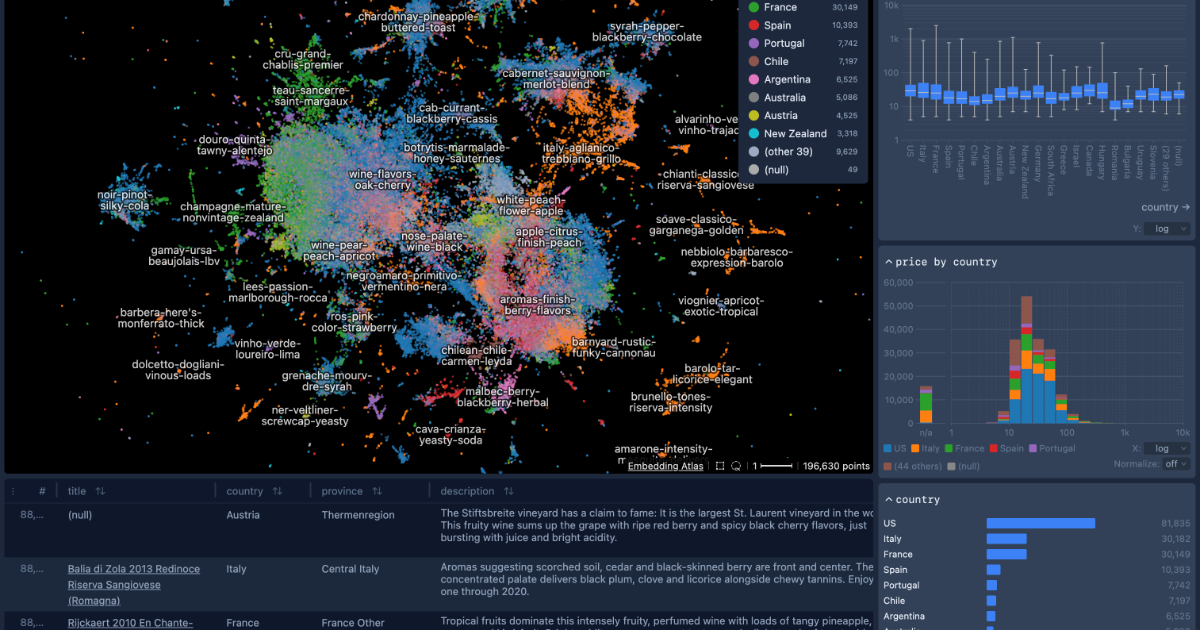Beyond being an imposing mountain range, the Andes were one of the great hotbeds of civilization. In its complex networks of passageways, highly organized societies developed, with cultures such as the Caral, Chavin, Tiwanaku or Moche that preceded the powerful Inca empire. The most impressive thing is that we continue to discover the secrets of these civilizations and we have just found 76 stone structures that not only represent advanced technology.
They also confirm that there were authentic technical laboratories in the passageways of the Andes.
In short. In an article published in the magazine Antiquity, researcher Adrián Oyaneder, an archaeologist at the University of Exeter, details how, by analyzing high-resolution satellite images belonging to a remote area of the Camarones River basin, he found a series of structures that were repeated.
Using images from both Sentinel-2 and Google Earth, the archaeologist combed more than 4,600 km² and found 76 ‘chacus’. “My reaction when I saw the first chacu was to check it twice or even three times. I thought it was something unique, but as I went along I realized that they were everywhere in a quantity never before recorded in the Andes,” he says. It seems important, but… what corks are those ‘chacus’?
The ‘chacus’. It is a term that comes from traditional Inca practices and, basically, they are very specific constructions. Its characteristics are:
- Funnel shape consisting of two long dry stone walls that converge to form a corridor that gradually narrows.
- Dimensions of about 150 meters long and one and a half meters high.
- Locations that seem strategic, since they are built on steep slopes between 2,800 and 4,200 meters above sea level. Not even if they were coffee plantations…


So that? That’s the second question. They were traps. Traps for vicuñas, specifically. It is a relative of the alpacas and what the hunters did was urge the herds to move to the chacus, which with its funnel shape trapped the animals. But those traps could not be left by the hand of God, and Oyaneder continued searching until he found what he was looking for: traces of life.
In the vicinity of the chacus, the archaeologist identified almost 800 small-scale settlements that consisted of several shelters built of stone and circular in shape. He estimates that they would be temporary camps, since human groups moved strategically through the highlands following the rhythm of the seasons.
During the humid months in which the pass flourished, the settlers would go to the higher areas, but when these dried out, they descended, hunting vicuñas and, probably, some early form of agriculture. Oyaneder’s estimate is that some of these traps are about 6,000 years old.


Implications. Finding 76 of these megatraps in one fell swoop is fascinating, but more important than the discovery is seeing how it fits into the story we knew until now.
The Andes are a hostile environment and having discovered these structures implies that primitive Andean cultures had great resilience to adapt to the difficulties of the mountains. It also suggests that large-scale hunting coexisted with the development of pastoralism and agriculture in the region.
Convergent evolution. It is now being analyzed whether the chacus represent the oldest hunting systems on this scale in the Andes, but something interesting is that there are parallels with structures that are thousands of kilometers away. An example, the ‘desert kites’ of Western Sahara: large ‘V’-shaped stone structures that were used to hunt gazelles or antelopes in a way very similar to that of Andean civilizations.
It is curious that two civilizations without contact developed such similar megatraps, but it is not that strange and it is a phenomenon called “convergent evolution.” In any case, the discovery of these 76 structures in the Andes once again puts on the table that 3D techniques and high-resolution satellite images make the investigation of remote, enormous or difficult-to-access areas easier.
Images | Antiquity
In WorldOfSoftware | The Incas did not need writing to forge an empire. And we are closer to solving the key object in your organization











